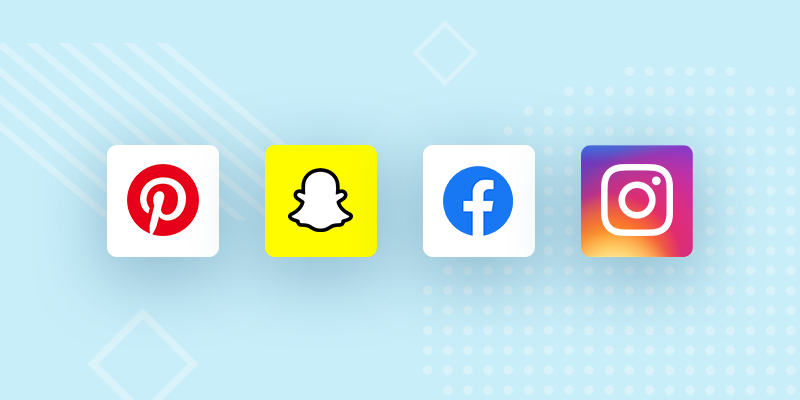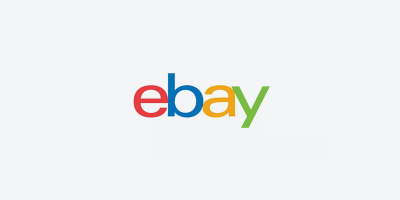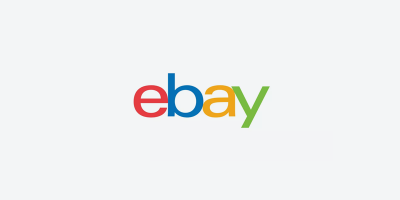Social media users have grown accustomed to seeing ads in recent years, and major companies have improved their ecommerce capabilities to attract more sellers. Social commerce, which refers to the sale and purchase of items via social media sites, has become more sophisticated and should continue to grow in popularity. With the amount of user interaction that occurs on social media, these apps are well-positioned to help customers find products that appeal to them.
When sellers promote their merchandise through influencers and shoppable posts, they boost their brand and help users discover products organically at the same time. Some social channels are also implementing native checkout features to streamline the process for driving conversions.
To succeed on social commerce channels, it’s important to have the right ad campaigns, audience targeting, and listing optimization strategies in place.
“Different markets operate on different channels and what works well for your target audience on Pinterest might not work as well with your demographic on Snapchat. Testing various channels and finding what works for your brand is critical. If you don’t tailor your feeds and inputs to each social and search platform, you are likely sacrificing potential gains that you didn’t even consider.”
— Melissa Wisian, Feedonomics Enterprise Feed Manager
Here are four social commerce channels to add to your marketing and sales strategy.
Snapchat
Snapchat is a mobile app with 381 million monthly active users worldwide, according to DataReportal. Snapchat users primarily share and explore photo and video content. The app is known for the temporary nature of most of its content, so continually creating fresh content is important.
Advertisers can create a range of ad types, including single image or video ads, collection ads that showcase up to four products, filters and augmented reality, plus story ads that showcase your brand with a series of images in a row.
Is native checkout available?
Yes, but only for a few select influencer brands at the moment, like Kylie Cosmetics.
Who’s using Snapchat?
Millennials and Gen Z make up the majority of Snapchat’s audience, and almost two-thirds of Snapchat users are women.
Why do we like Snapchat?
Snapchat users average at least 30 minutes a day on Snapchat. With disposable income among Millennials expected to grow over $7 trillion in the next 10 years, according to Fundstrat, this audience has considerable purchasing power and room to grow.
Snapchat also captures a unique audience. According to 2019 Snapchat data, in a given week, 27% of its users are not on YouTube, 30% are not on Instagram, 33% are not on Facebook, 75% are not on Twitter, and 91% are not on TikTok.
The app allows sellers to create dynamic retargeting ads and campaigns with a Snap Pixel, which works well with the site’s premise of continually showing fresh content to users.
Which product verticals perform well on Snapchat?
Retailers and direct-to-consumer brands are well-suited for Snapchat. Fashion, beauty, and jewelry products perform well, but with the right campaigns, a wide variety of verticals can be successful.
Pinterest is a desktop and mobile app with 442 monthly active users worldwide, according to Statista. Users “pin” visual pieces of content to their “boards,” essentially saving posts that they like in themed collections. Users often reference their pins for ideas on projects or fashion.
You can showcase your products in single image shopping ads, or personalized collection ads that group products together. Dynamic retargeting campaigns are also crucial for staying top of mind with potential customers.
Is native checkout available?
True native checkout, where a transaction happens directly through Pinterest, is not available. Instead, Pinterest allows users to navigate to a seller’s website within the Pinterest app itself and make a purchase directly from the seller.
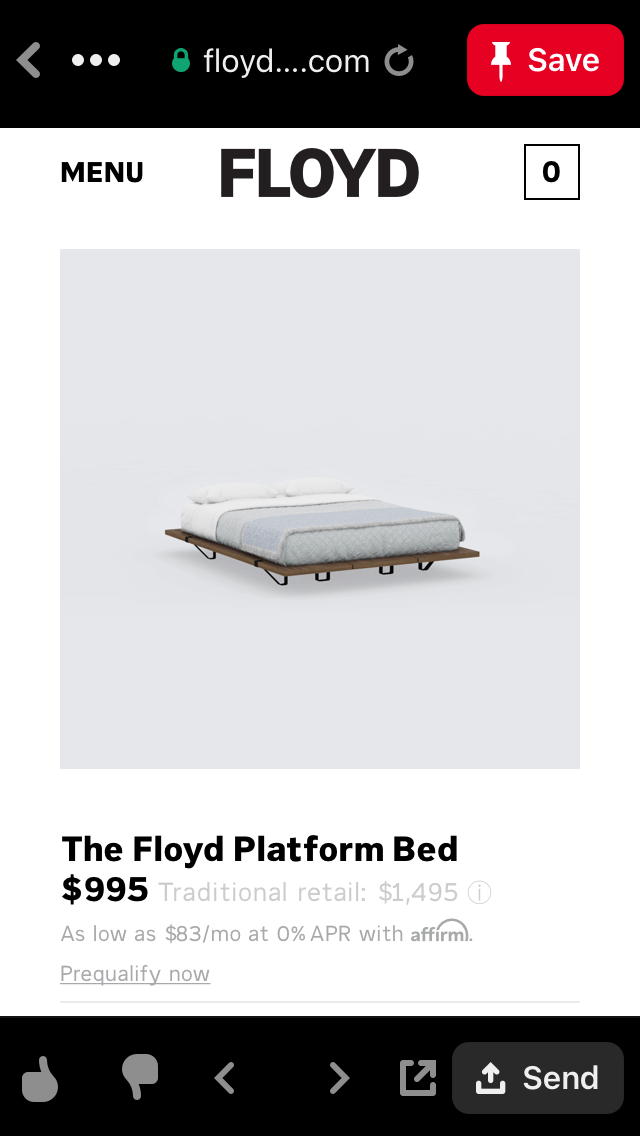
Checkout happens on the seller’s site through the Pinterest app
Who’s using Pinterest?
Over 60% of Pinterest’s users are female, and the male audience is growing steadily.
Pinterest attracts audiences under 65, with the majority being Millennials. Pinterest is used by approximately 15% of adults between 18 and 24, 41% of adults between 25 and 34, 23% of adults between 35 and 44, 18% of adults between 45 and 64, and 3% of adults above 65.
Why do we like Pinterest?
According to a Pinterest study, 89% of its users go to Pinterest for purchase inspiration. Most of the content is unbranded, so relevant search terms and captivating visuals can get products noticed and pinned. People often go to Pinterest to start their projects, so brands have the opportunity to reach shoppers early in the discovery phase.
Which product verticals perform well on Pinterest?
Fashion, lifestyle, home decor, crafts, and similar verticals do well here. If your product can be presented as part of a broader lifestyle, like parenting or wellness, you can also make an impression by establishing your brand as a resource for people interested in that niche.
Facebook is the most popular social media site in the world, according to Statista, with 2.7 billion monthly active users. It is accessible both by mobile and desktop devices, but users primarily access it via mobile. Multiple types of content are frequently shared across Facebook’s network, including written content, video, and images.
You can take advantage of dynamic retargeting ad campaigns to reach interested audiences and create several different ad types, such as carousel ads, video ads, suggested posts, and more.
Facebook also functions as a marketplace, streamlining the purchasing process so that customers can place orders through the app.
Is native checkout available?
Yes. Native checkout is available in the US. Shoppers are able to purchase products directly through Facebook checkout via Shops or Marketplace.
Who’s using Facebook?
Nearly 57% of worldwide Facebook users are male, according to October 2020 figures from Statista. The largest user groups are males between 25 and 34 years old, then males between 18 and 24, followed by females between 25 and 34. However, the sheer size of Facebook’s audience means it’s possible to reach a sizable group of any age on the platform.
Why do we like Facebook?
Facebook continues to improve its ecommerce capabilities for B2C sellers. Thanks to the introduction of Shops this year, brands and sellers on Facebook have the ability to create custom storefronts with featured products and branded banners, images, colors, and more. The shopping experience is being curated for shoppers and catering better to businesses now. A company’s Shop works across platforms, so it can be accessed from Facebook and Instagram once it’s set up.
Because there are so many users who interact with Facebook in a variety of ways, it’s important to reach customers who are more likely to buy your products. We like the dynamic ads for retargeting to find audiences who are already interested in what you’re offering, or interested in similar products.
Which product verticals perform well on Facebook?
A wide variety of products can do well on Facebook, depending on the ad content you choose. Some products are better explained in a suggested post with written content, and others lend themselves to mostly visual promotion. Take a look at Facebook’s ad policies to see what’s permissible.
Instagram is a mobile app for sharing and exploring visual content, with over 1 billion monthly active users. The site is owned by Facebook and benefits from many of the same commerce features available on Facebook.
Sellers can create stories ads, photo ads, carousel ads, video ads, collection ads, and shoppable posts, as well as work with influencers to feature their products.
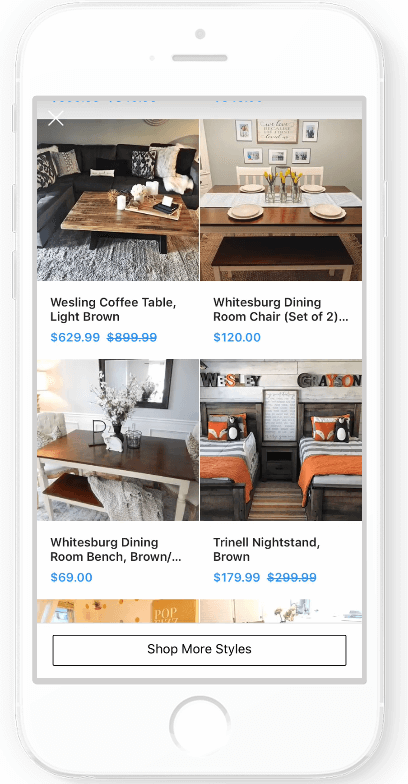
A collection ad on Instagram
Is native checkout available?
Yes, native checkout is available in the US. Shoppers are able to purchase products directly through Instagram checkout if the seller has this feature set up.
Who is on Instagram?
According to Statista, 51% of Instagram users are female and 49% are male. The bulk of Instagram users are between the age of 18 and 34.
Why do we like Instagram?
In addition to the Shops feature that showcases products on Instagram as well as Facebook, brands have the ability to curate their visual identity through the creation of shoppable posts. Lifestyle images add to the organic feel of the content, and products can be tagged by influencers to tap into wider audiences.
Brands are viewed positively on Instagram. Between 70 and 80% of users surveyed by Instagram said they perceived brands on the platform as being popular, creative, entertaining, and relevant. Over 200 million users on Instagram visit a brand profile at least once a day.
Which product verticals perform well on Instagram?
Products that lend themselves well to visual promotion are well-suited for Instagram. Verticals like fitness and outdoors, fashion and apparel, jewelry, home, and beauty are popular, but any brand can find success with engaging content.
TikTok
TikTok is known for short video content and trends that drive user participation, including dances, lip syncs to popular audio clips, and more. The site has over 1 billion active monthly users.
Sellers can create in-feed ads, branded hashtags and effects, promote organic content, and work with creators to feature their products.
Is native checkout available?
Yes, native checkout is available in select markets, and currently being tested in the United States.
Who is on TikTok?
According to Statista, 54% of TikTok users are female and 46% are male. Nearly 39% of TikTok’s adult audience is between the ages of 18 and 24, and nearly 32% is between 25 and 34 years old.
Why do we like TikTok?
In addition to the growing popularity of its native checkout feature and its in-feed ads, TikTok is the social app of choice for the youngest generation of online shoppers. That indicates that this app has some staying power and more room to grow worldwide. Trending content is created here, and it’s no surprise that YouTube and Instagram both made efforts to prominently feature short video reels after the success that TikTok found with the medium.
Which product verticals perform well on TikTok?
Beauty, fashion, jewelry, home decor, and other lifestyle products are popular. Above all, users expect TikTok ads to be fun, entertaining, and innovative, so tapping into your creativity for any marketing is important.
As you look ahead, we hope you recognize the tremendous potential for ecommerce growth on social channels. These sites drive product discovery through a high volume of interaction from daily users, and they continue to expand their features and position as go-to shopping destinations.
To learn how Feedonomics can help you optimize and list your products on these social commerce channels, request a demo today.
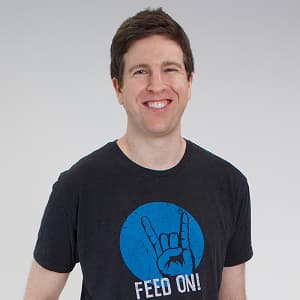
Brian Roizen is the Cofounder and Chief Architect of Feedonomics, a full-service feed optimization platform that optimizes product data for hundreds of channels. He has been featured on numerous podcasts and eCommerce webinars, and regularly contributes to Search Engine Land and other industry-leading blogs. Brian graduated summa cum laude from UCLA with both a Bachelor’s and Master’s degree in Mechanical Engineering.

